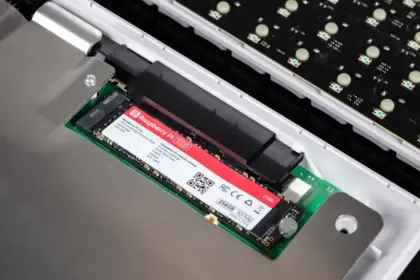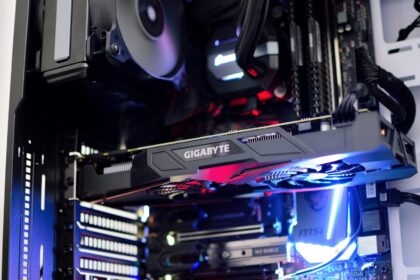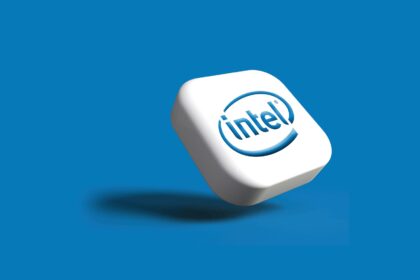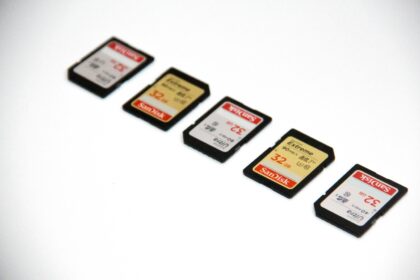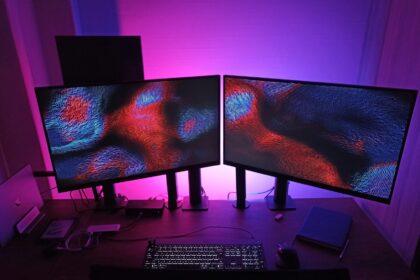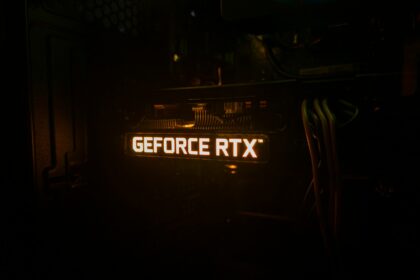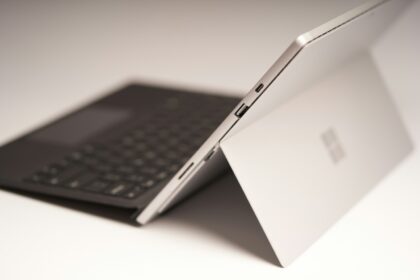For decades, the world of high-performance server processors has been a battlefield dominated by two titans: Intel and AMD. Their Xeon and EPYC processors power the vast majority of the world’s data centers, cloud services, and supercomputers. But the ground is shifting. From China, a new and formidable contender has emerged, not with a modest entry, but with a 96-core behemoth designed to compete at the highest level. This isn’t just a new product; it’s a declaration of technological ambition. By leveraging a sophisticated chiplet design, this processor aims to offer performance that rivals the best in the business, marking a pivotal moment in the quest for technological self-sufficiency.
The core of the matter: What is this 96-core CPU?
This new processor, developed by T-Head, Alibaba’s chip design unit, is a server-grade CPU built on the x86 architecture. This is a critical detail. The x86 architecture is the same standard used by Intel and AMD, which means this new chip is, in theory, compatible with the vast ecosystem of existing software, operating systems, and applications that run the digital world. It’s not an exotic, niche product; it’s designed to be a drop-in competitor.
Its most striking feature is its core count. With 96 cores, it can handle 96 independent tasks simultaneously. For servers that need to juggle thousands of user requests, run massive databases, or power cloud applications, more cores generally mean better performance. Think of it as a command center with 96 operators instead of just a handful. This high core count places it squarely in competition with the high-end server chips from both AMD and Intel.
But the real innovation is not just the number of cores, but how they are assembled. The processor uses a “chiplet” design, a modern and efficient approach to building powerful chips that has been a key to AMD’s recent success.
The magic of chiplets explained
Imagine you have to build a very large, complex structure. You have two options. The first option is to carve the entire structure from a single, massive block of stone. This is the traditional, “monolithic” way of making chips. It’s difficult, and if you make a single mistake anywhere, the entire block is ruined. This is very expensive.
The second option is to build the structure using smaller, standardized building blocks, like LEGOs. These smaller blocks are the “chiplets.” You can make many of these small blocks cheaply and efficiently. If one block has a defect, you just throw that one away, not the whole structure. You then connect these chiplets together to create the final, large processor. This chiplet approach is cheaper, more flexible, and leads to a much higher success rate in manufacturing. It’s the smart way to build a massive CPU like a 96-core monster.
Sizing up the competition: A new world order?
To understand the significance of this new CPU, we need to see how its specifications stack up against the established leaders. While exact details are still emerging, here is a general comparison based on available information.
| Feature | China’s 96-Core CPU (T-Head) | AMD EPYC “Genoa” | Intel Xeon “Sapphire Rapids” |
|---|---|---|---|
| Max Core Count | 96 Cores | 96 Cores | 60 Cores |
| CPU Architecture | x86 Compatible | x86 (Zen 4) | x86 (Golden Cove) |
| Design | Chiplet | Chiplet | Chiplet (Tiled) |
| Memory Support | DDR5 | DDR5 | DDR5 |
| PCIe Support | PCIe 5.0 | PCIe 5.0 | PCIe 5.0 |
On paper, the specifications are impressive. The core count matches AMD’s flagship EPYC processor and surpasses Intel’s. Support for the latest technologies like DDR5 memory and PCIe 5.0 means it is not behind the curve. It is designed to be a modern, competitive part. This is not a budget alternative; it is a direct challenger.
However, core count is not everything. The actual performance of a CPU depends heavily on its architecture—the design of each individual core. This determines how much work a core can do in one cycle (known as Instructions Per Clock, or IPC). AMD and Intel have spent decades refining their core designs. While this new CPU is a monumental achievement, its real-world performance will depend on how its architecture stacks up against the very mature and powerful designs from its rivals.
The bigger picture: The quest for technological sovereignty
The development of this CPU cannot be viewed in a vacuum. It is a key piece of a much larger strategic puzzle for China. In recent years, access to advanced foreign technology, particularly semiconductors, has been restricted. This has created a powerful incentive for China to develop its own domestic technology industry.
Having a domestically designed and produced high-performance server CPU is a massive step towards this goal, often called “technological sovereignty.” It reduces reliance on foreign companies for critical infrastructure. Data centers, telecommunications, banking, and government systems all run on servers. Being able to build these servers with domestic CPUs is a matter of national strategic importance.
This chip represents a move from being a consumer of high-end technology to being a creator of it. It is a long and incredibly difficult journey, but this 96-core processor is arguably the most significant milestone to date.
Pro Tip: Why the software ecosystem is king
A powerful processor is useless if software doesn’t know how to use it. The biggest challenge for any new CPU architecture is the software ecosystem. This includes operating systems, compilers (tools that turn human-written code into machine code), and applications. AMD and Intel have a huge advantage because developers have been optimizing software for their chips for decades. For this new CPU to succeed, it will need significant investment in software development and partnerships to ensure that programs run efficiently on its hardware.
Challenges on the road to adoption
Despite the impressive technical achievement, the path to widespread market acceptance will be challenging. The server market is famously conservative. Companies managing critical data and services prioritize reliability and a proven track record above all else.
- Building Trust: It will take time to convince large enterprise customers to switch from the known reliability of Intel and AMD. They will need to see extensive testing, long-term stability data, and strong customer support.
- Performance Consistency: While peak performance might be high, performance across a wide variety of applications needs to be competitive. Some applications may favor the specific architectural designs of AMD or Intel.
- Manufacturing at Scale: Designing a chip is one thing; manufacturing tens of thousands of them perfectly is another. Securing access to cutting-edge manufacturing processes and achieving high yields will be a continuous challenge.
Initial adoption will likely be within large Chinese tech companies and government projects, providing a crucial testing ground and a stable customer base before expanding to the global market.
Conclusion: The server CPU market is no longer a two-horse race
The arrival of China’s 96-core x86 server processor is a watershed moment. It proves that with focused investment and a smart design strategy like chiplets, it is possible to create a product that can challenge the established leaders on a technical level. It is a remarkable feat of engineering.
Whether it achieves massive commercial success on the global stage remains to be seen. The hurdles of software optimization and market trust are significant. But in many ways, that is secondary. The true victory is the demonstration of capability. The server CPU club is no longer exclusive. A new player has joined the game, and that competition will inevitably spur innovation and change the dynamics of the entire semiconductor industry for years to come. The world is watching.















